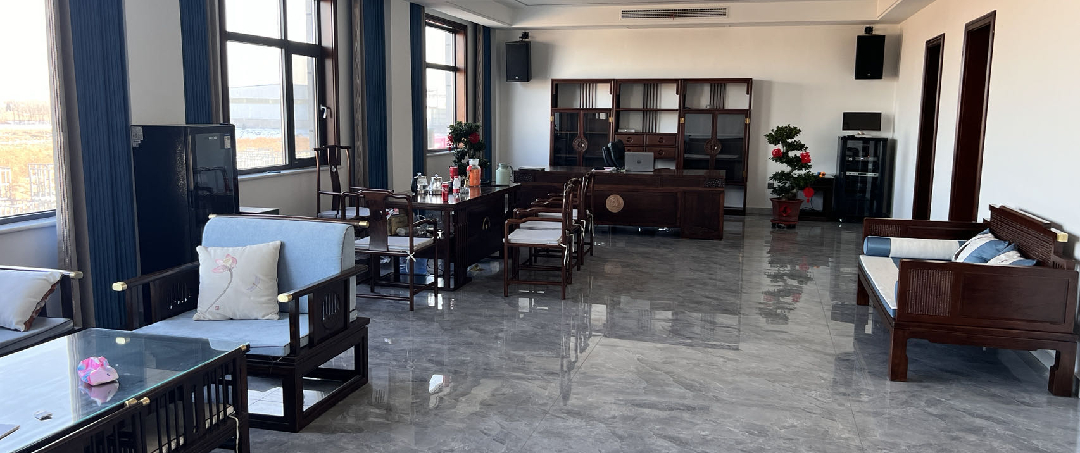metal barbed wire
The Evolution and Applications of Metal Barbed Wire
Barbed wire, an enduring symbol of the Old West and a practical fencing solution, has played a vital role in agricultural, military, and industrial applications for over a century. Among the various types of barbed wire available, metal barbed wire stands out for its durability, strength, and versatility. Understanding its composition, applications, and the evolution of its design can provide valuable insights into its continued relevance in modern society.
Composition and Design
Metal barbed wire is typically made from high-carbon steel, known for its tensile strength and resistance to corrosion. The manufacturing process involves drawing steel wire into thin strands that can be twisted and shaped into coils. Barbs, which are sharp protrusions designed to deter animals and intruders, are spaced at regular intervals along the wire. The traditional barbed wire design features two twisted wires with barbs twisted around the core, creating a robust fencing solution that is difficult for animals or people to breach.
In addition to steel, some manufacturers also produce barbed wire with a galvanized coating or a protective vinyl layer to enhance its resistance to rust and environmental wear. This coating not only extends the life of the wire but also makes it more visually appealing, allowing it to blend seamlessly into various landscapes.
Historical Context
Barbed wire was invented in the late 19th century, with key patents filed by Joseph Glidden and others around 1873. The innovation quickly revolutionized fencing practices in the American West, where open-range grazing was common. Before the introduction of barbed wire, ranchers relied on wooden fences, which were labor-intensive and costly to maintain. Barbed wire provided a more efficient, economical, and effective way to enclose cattle and protect property.
metal barbed wire

The widespread adoption of barbed wire not only transformed agriculture but also influenced land ownership and ranching practices. It marked the end of the era of open-range cattle drives, leading to increased conflicts over land rights and usage. Despite the controversies surrounding its introduction, barbed wire became an essential element of American ranching culture.
Applications in Modern Society
Today, metal barbed wire is used in a myriad of applications beyond agriculture. In the security sector, it serves as a deterrent against unauthorized entry. Prisons and military installations commonly utilize it to fortify perimeters, while commercial properties often feature barbed wire fencing to protect valuable assets.
In rural areas, metal barbed wire remains a favorite among farmers and ranchers for livestock management. It effectively contains animals and protects crops from intrusion. The durability and low maintenance requirements make it an ideal choice for long-term fencing solutions.
Moreover, metal barbed wire can find applications in environmental conservation efforts. For instance, it can be utilized to create barriers that protect wildlife habitats from encroachment or to keep invasive species at bay. In certain situations, barbed wire can also play a role in controlling access to sensitive areas, promoting conservation and environmental stewardship.
Conclusion
The significance of metal barbed wire cannot be overstated. From its historical roots in the American West to its multifaceted applications in contemporary society, it exemplifies human ingenuity in solving problems related to land use, security, and resource management. While technology continues to advance, leading to the development of alternative fencing materials, metal barbed wire remains a tried-and-true solution that embodies resilience and functionality. As we navigate an ever-changing world, the legacy of barbed wire serves as a reminder of our capacity to adapt and innovate while addressing the challenges of the environment and community safety. Its enduring presence will undoubtedly continue to shape landscapes and practices for years to come.
-
Space-Saving Chain Fence Hacks Vertical Gardening with Cyclone MeshNewsJul.16,2025
-
Innovations in Iron Nail Wire Production for Modern ConstructionNewsJul.16,2025
-
Creative Uses of Wire Netting Fence in Modern Landscape DesignNewsJul.16,2025
-
Barbed Wire Fence Innovations in Anti-Climb TechnologyNewsJul.16,2025
-
Architectural Uses of Umbrella Nails for Aesthetic Roof DesignsNewsJul.16,2025
-
Architectural Uses of Razor Barbed Wire in Secure Urban DesignNewsJul.16,2025




